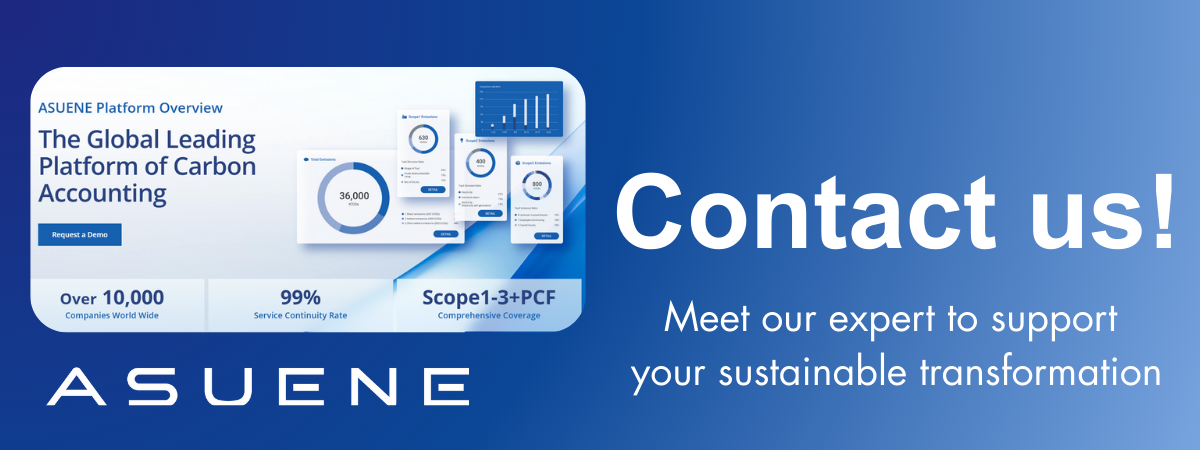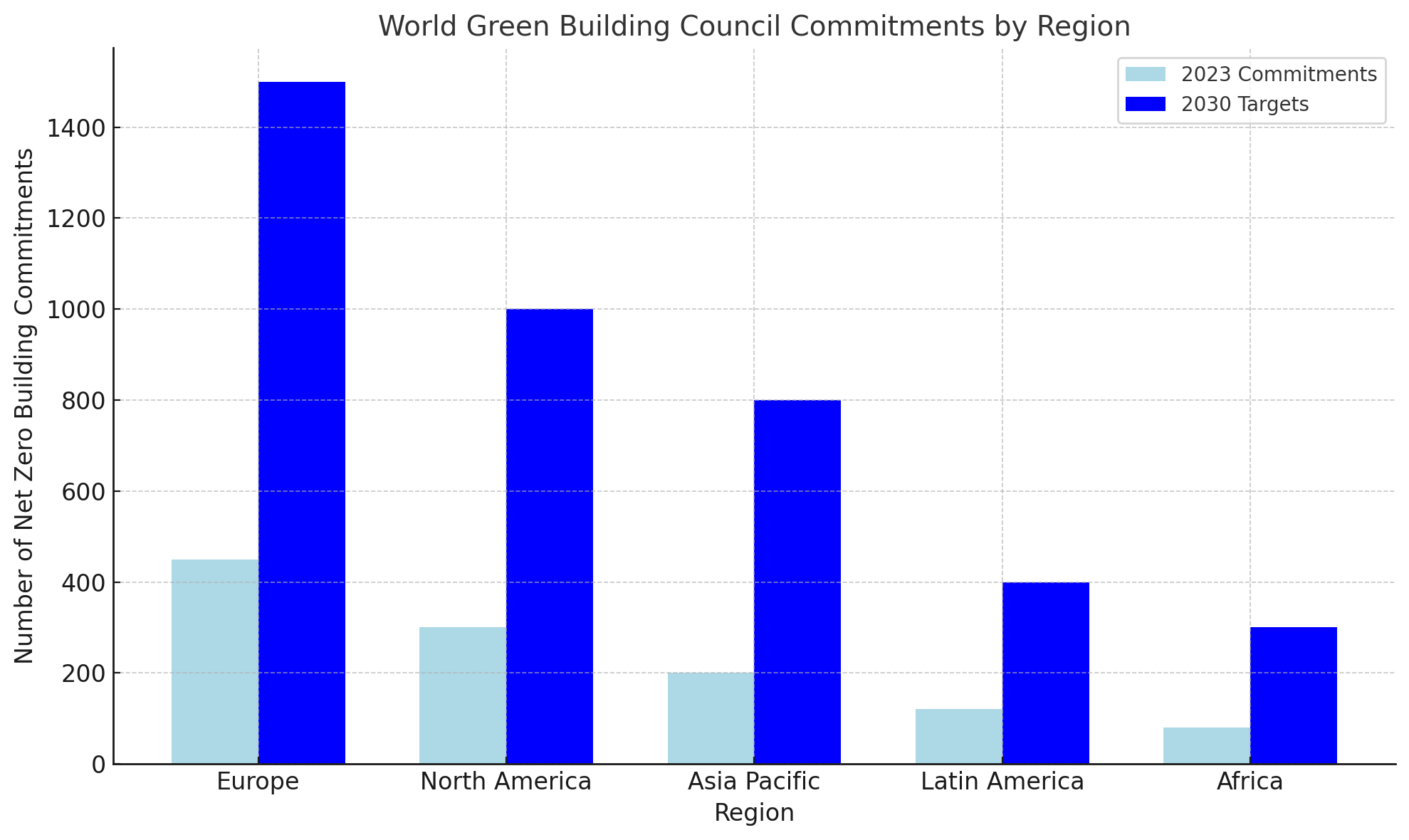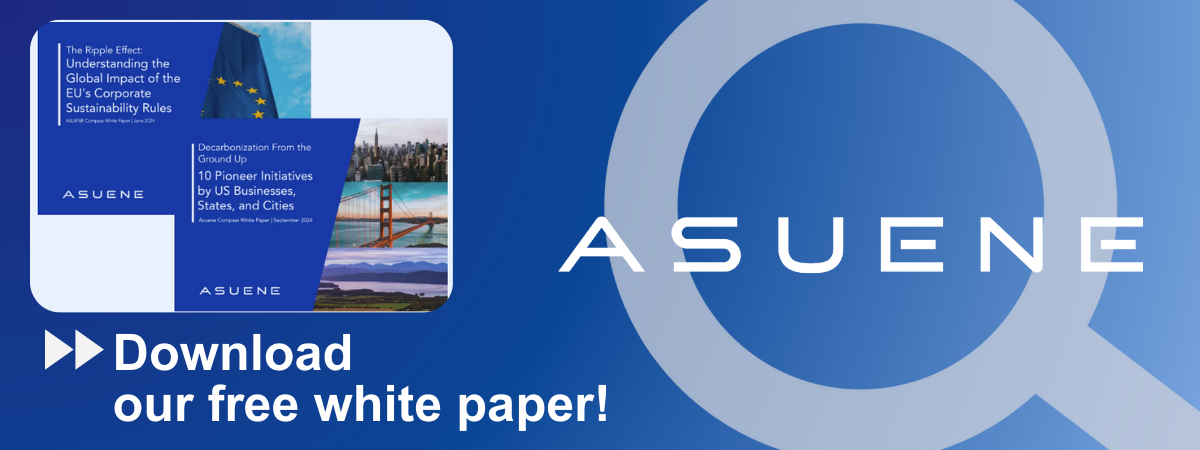- Article Summary
-
Background: Buildings as a Major Climate Lever
The building and construction sector is responsible for approximately 37 percent of global energy-related CO₂ emissions. This includes both operational emissions (from heating, cooling, and electricity use) and embodied emissions (from materials like cement and steel).
In response to this challenge, the World Green Building Council (WGBC), a global network of national Green Building Councils across over 70 countries, is leading efforts to transform the built environment toward net-zero carbon. Since its founding in 2002, WGBC has worked to align market stakeholders, policymakers, and the finance community to redefine how buildings are designed, built, and operated.
Purpose: WGBC’s Net Zero Carbon Buildings Commitment
WGBC’s flagship initiative is the Net Zero Carbon Buildings Commitment. This voluntary commitment challenges businesses, cities, and organizations to:
- Achieve net-zero operational emissions for all buildings they own, occupy, or develop by 2030
- Advocate for all buildings globally to be net-zero by 2050
- Disclose, reduce, and offset carbon emissions through credible strategies

Table: WGBC Commitment Objectives
| Focus Area | Objective |
|---|---|
| Operational emissions | Reduce energy demand and use 100% renewable energy by 2030 |
| Embodied carbon | Begin measuring and reducing upfront emissions by 2030 |
| Global advocacy | Promote whole-life carbon policies and zero-carbon codes |
| Market transformation | Foster green finance, performance benchmarks, and stakeholder engagement |
Mechanisms: Strategies for Decarbonizing the Built Environment
WGBC supports transformation through a combination of voluntary leadership initiatives, regulatory advocacy, and market-based tools.
Net Zero Carbon Buildings Commitment
Launched in 2018, this initiative has been signed by over 180 businesses, governments, and organizations covering over 7 million m² of floor space.
Advancing Net Zero Program
A technical platform that supports Green Building Councils in developing national frameworks and tools for net-zero certification, carbon accounting, and verification.
Whole Life Carbon Vision
WGBC advocates for a shift from operational to full life-cycle emissions measurement, covering extraction, manufacture, transport, construction, use, and end-of-life stages.

Current Status: Regional Leadership and Market Uptake
While many countries have adopted green building codes and energy efficiency mandates, full life-cycle decarbonization is still nascent.
WGBC Net Zero Commitments by Region (2023 vs. 2030 Target)

| Region | Commitments (2023) | 2030 Target | Key Green Building Councils |
|---|---|---|---|
| Europe | 450 | 1500 | UK, Germany, France, Nordics |
| North America | 300 | 1000 | U.S. Green Building Council (USGBC), Canada |
| Asia Pacific | 200 | 800 | Australia, Singapore, South Korea |
| Latin America | 120 | 400 | Colombia, Mexico, Brazil |
| Africa | 80 | 300 | South Africa, Kenya, Nigeria |
Outlook and Business Opportunities
The built environment is approaching a critical tipping point. Governments are integrating zero-carbon requirements into building codes, while investors are demanding climate-aligned real estate portfolios.
Chart: WGBC Commitments vs. 2030 Targets by Region
The bar chart above illustrates the scale of regional ambition and growth needed over the next decade to align with global climate goals.
Trends and Enablers (2025–2035):
- National zero-carbon building codes (e.g., France RE2020, UK Future Homes Standard)
- Green bonds and sustainable real estate finance frameworks
- PropTech integration for real-time carbon tracking
- Circular construction and material reuse
What Real Estate Developers and Corporations Should Do Now
| Strategic Area | Action Items |
|---|---|
| Portfolio Carbon Strategy | Commit to net-zero operations and retrofitting plans |
| Disclosure and Reporting | Align with TCFD, CDP, GRESB, and CRREM pathways |
| Tenant Engagement | Incorporate green leases and shared performance targets |
| Supply Chain Carbon Data | Begin embodied carbon accounting in procurement and design |
| Renewable Energy Access | Invest in on-site solar or off-site Power Purchase Agreements (PPAs) |
Conclusion: Building the Future with Zero Carbon at the Core
The World Green Building Council is at the forefront of reshaping how the built environment responds to the climate crisis. By promoting net-zero carbon leadership, whole-life carbon strategies, and systemic market transformation, WGBC is turning buildings from a climate liability into a climate solution.
With only a few decades left to decarbonize one of the world’s most complex and capital-intensive sectors, businesses and governments must act swiftly. Those who do will not only future-proof their assets, but also contribute meaningfully to a just, resilient, and zero-carbon built world.
Why Work with ASUENE Inc.?
Asuene is a key player in carbon accounting, offering a comprehensive platform that measures, reduces, and reports emissions, including Scope 1-3, with expertise in decarbonization. Asuene serves over 10,000 clients worldwide, providing an all-in-one solution that integrates GHG accounting, ESG supply chain management, a Carbon Credit exchange platform, and third-party verification.
ASUENE supports companies in achieving net-zero goals through advanced technology, consulting services, and an extensive network.


